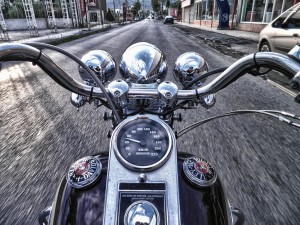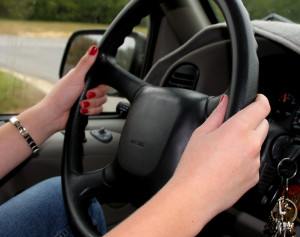If you follow us on Google Plus or regularly read this blog, then you know our family recently acquired a Cavalier King Charles Spaniel If you don’t follow us on Google Plus, then let me first say you should and second let me introduce you to Lincoln Day. Lincoln is the love of my 7 year-old daughter’s life. Thankfully, we are past the potty-training stage and are now working on what is appropriate behavior when guests arrive at our house, how to properly walk on a leash, etc. As my daughter is finding out, owning a pet is a big responsibility.
Unfortunately, some pet owners do not take it seriously enough, so we thought we would outline, from a legal perspective some considerations and actions you should be prepared to take before taking on a pet. Continue reading
 Tennessee Injury Law Center
Tennessee Injury Law Center










